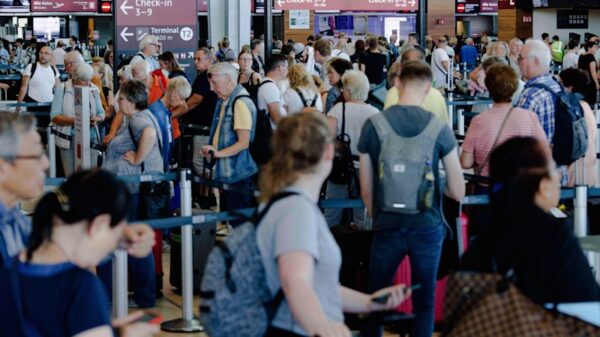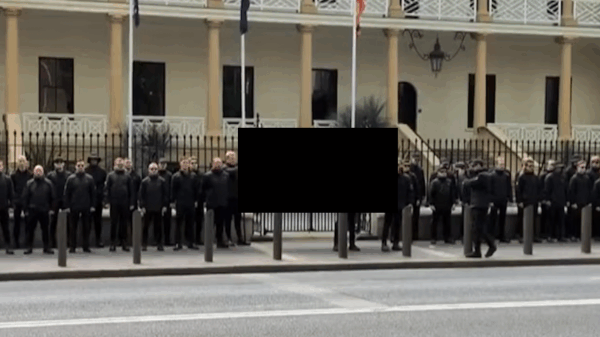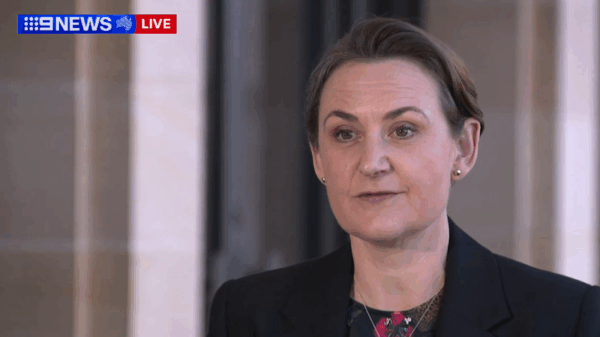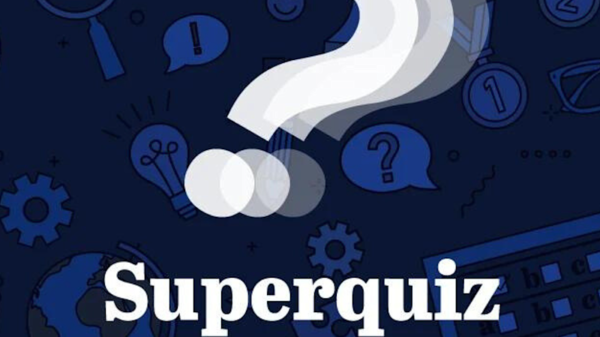URGENT UPDATE: Australia’s groundbreaking social media ban for users under 16 may be on the brink of failure just four weeks before it takes effect on December 10. Concerns over unclear age verification methods have been raised by senior Liberal politician Melissa McIntosh, who warns that the Albanese Labor Government is still fumbling critical details.
From December 10, several major social media platforms, including Instagram, Facebook, TikTok, Snapchat, X, YouTube, Reddit, and Kick, will restrict access for accounts belonging to users under 16 years old. However, McIntosh argues that the government has not provided adequate clarity regarding mandatory age verification processes, leaving many questions unanswered.
“It is extraordinary that a year on from the social media age minimum being legislated, the Albanese Labor Government is still scrambling over the details,” McIntosh stated at a press conference. She highlighted the uncertainty surrounding whether social media platforms can require users to provide digital identification for age verification purposes.
According to the new legislation, platforms cannot enforce government IDs for age assurance but must take “reasonable steps” to eliminate under-16 users. The eSafety website offers alternative age assessment methods, including analyzing “age-related signals” like interaction history and language patterns, along with “location-related signals” such as IP addresses and GPS data.
In response, Communications Minister Anika Wells emphasized that the laws are intended to allow children to develop resilience before they engage with social media. “These measures are designed to give children up to 36 months to build relationships before exposure,” she explained.
However, critics like McIntosh have called for a more robust public education campaign to inform Australians about the impending changes. “The countdown is on, and we only have a month to go,” she cautioned. Just three weeks ago, the government initiated a national campaign titled ‘For The Good Of’ to educate parents and children about the law. Since then, over 200,000 Australians have visited the eSafety website for more information.
“We are pleased to see strong engagement in our educational resources, enabling families to have meaningful discussions about these significant changes,” Wells noted. “Now is the time for parents and guardians to talk through any concerns regarding the new law.”
As the deadline approaches, young users anticipating account deactivation can take proactive steps to prepare. They are encouraged to back up content and explore alternative communication methods to stay connected with friends and family.
The implications of this legislation are profound, potentially impacting hundreds of thousands of young Australians. As the debate intensifies, all eyes will be on the government’s next moves and the effectiveness of their strategies as the December 10 deadline looms. Stay tuned for the latest updates on this developing story.


































































